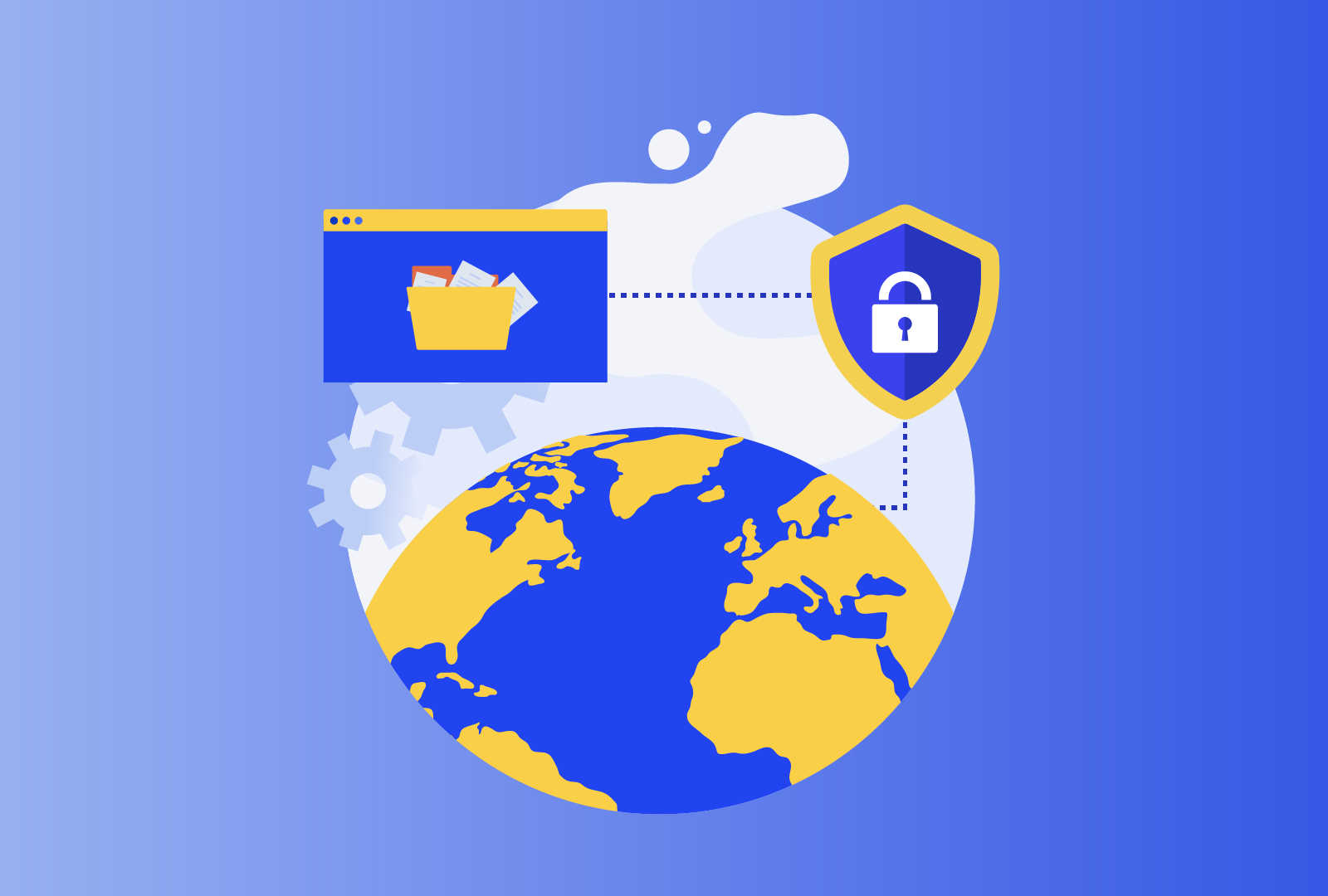It’s no secret that we are getting more immersed in new technology every year. As a result, data protection and privacy have become paramount concerns for individuals and organizations. The General Data Protection Regulation (GDPR) has set stringent standards for safeguarding personal information, and businesses must adhere to these regulations. If you are new to the culture of privacy, learn the basics here.
Why Privacy Training and Awareness Matter
Regardless of your organization’s size or industry, it’s crucial that your employees and partners grasp the vital importance of privacy and data protection. This goes beyond mere compliance; it’s about equipping everyone to make responsible decisions in their daily tasks. Privacy isn’t a standalone element within the organization; it’s an inherent part of everyone’s role.
Privacy training and awareness campaigns are necessary to meet regulatory requirements and bridge the gap between organizational expectations and individual actions. When employees comprehend the importance of privacy and data protection, they are better equipped to make decisions that align with the organization’s goals.
Who Should Receive Privacy Training
The breadth of privacy training should extend beyond just your internal employees. In today’s interconnected business environment, where third-party relationships and data sharing have become the norm, it’s imperative to provide training for external consultants, contractors, and data processors. These key stakeholders play a crucial role in upholding the integrity of the organization’s data.
For internal employees, the level of training should normally be either general or role-based, depending on the specific circumstances. Not every employee needs an in-depth understanding of every privacy regulation. Still, they must grasp the core principles of compliance. Those who work directly with personal data or are responsible for incident management should undergo more detailed training, covering topics such as responding to data subject requests or handling security incidents effectively.
How to Conduct Effective Privacy Training
An effective privacy training program should utilize a mix of formal and informal communication channels. For basic training, e-learning courses can be invaluable, particularly as part of onboarding and periodic refresher sessions. Role-based, deep-dive training should incorporate in-person sessions and practical exercises, ensuring that employees understand their specific responsibilities.
Awareness campaigns should complement training efforts. These campaigns can include newsletters, posters, quizzes, and reminders through various communication channels like email, websites, and even physical displays. By reinforcing privacy messages regularly, organizations can keep privacy at the forefront of employees’ minds.
Measuring the Impact of Privacy Training and Awareness
Organizations should keep records and track relevant metrics to assess the effectiveness of privacy training and awareness programs. The success of these programs should not be gauged solely by the number of participants but also by evaluating improvements in processes. For instance, reducing the number of data breaches caused by human error can indicate the effectiveness of training.
Metrics for these programs include tracking the number of participants, the types of training methods used, the percentage of training completed, results from quizzes or knowledge tests, and changes in the number of reported privacy incidents. These metrics help organizations understand the program’s impact and identify areas needing improvement or adjustment.
Building a Privacy-First Culture
Incorporating privacy into the workplace culture is a continuous journey. Training and awareness are essential steps in fostering a privacy-first culture. By ensuring that everyone in the organization, from employees to third-party associates, understands the importance of privacy and their specific roles, you create a robust foundation for data protection and compliance.
Regular assessments of training and awareness needs and continuous improvement will reinforce this culture and help your organization stay accountable in the ever-evolving data protection and privacy landscape. Remember, privacy isn’t just a set of rules; it’s a mindset that should permeate every aspect of your organization’s operations.
To learn more about data protection, privacy, or the General Data Protection Regulation (GDPR), follow us on LinkedIn and read our different articles in our blog.






Comments are closed.